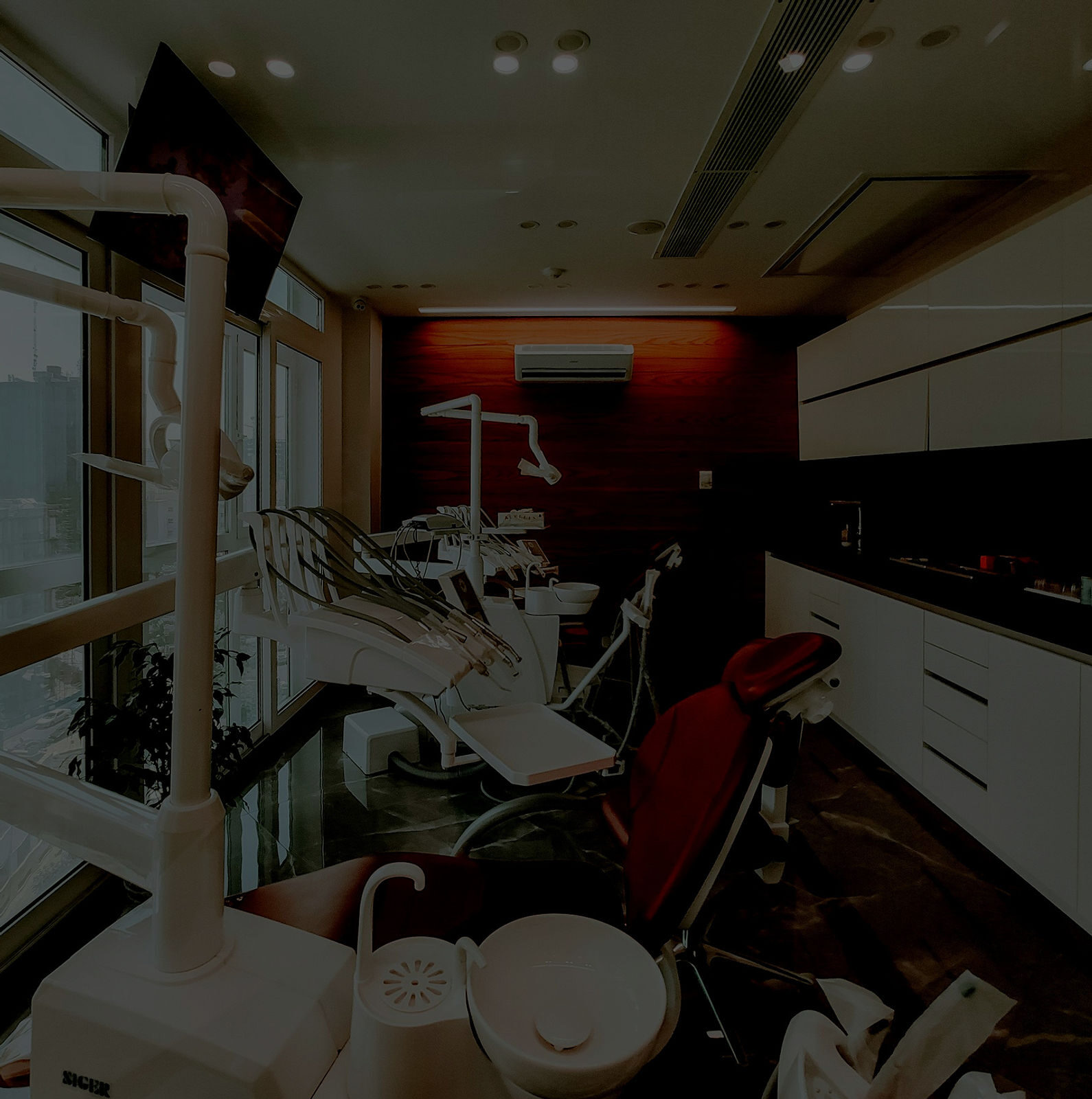Cleanliness is a fundamental aspect of regulatory compliance, especially for health or beauty clinics. Overall, a clean clinic not only ensures the well-being of clients but also contributes to a professional and trustworthy image for the business or healthcare facility. In a health or beauty clinic, several areas require regular cleaning and maintenance to ensure a hygienic and safe environment for both clients/patients and staff. These areas include:
- Reception and Waiting Areas:
- Reception desks, counters, and surfaces
- Waiting room furniture, including chairs, sofas, and tables
- Floors, including sweeping, mopping, or vacuuming
- Magazines, brochures, or reading materials available for clients
- Treatment Rooms:
- Treatment beds, chairs, or tables
- Equipment used for procedures or treatments
- Surfaces such as countertops and shelves
- Floors, including disinfecting after each client
- Privacy curtains or dividers, if applicable
- Consultation Rooms:
- Desks, chairs, and surfaces used during client consultations
- Any equipment or tools used for assessments or consultations
- Floors and carpets
- Restrooms:
- Sinks, countertops, and mirrors
- Toilets, including seats, handles, and surrounding areas
- Floors, including mopping or cleaning surfaces
- Staff Areas:
- Staff offices, desks, and workstations
- Break rooms or staff kitchen areas
- Staff restrooms or changing areas
- Storage Areas:
- Cabinets, shelves, and storage units for supplies and equipment
- Keeping storage spaces organized and clean to prevent dust or clutter buildup
- Hallways and Corridors:
- Floors, walls, and surfaces in high-traffic areas
- Handrails and other frequently touched surfaces
Specialized Cleaning tasks include:
- Upholstery cleaning for chairs and waiting areas
- Carpet shampooing or Steam cleaning for high-traffic areas
- Floor stripping/waxing/buffing services
- Exterior maintenance such as window cleaning, snow removal, pressure washing, etc.

